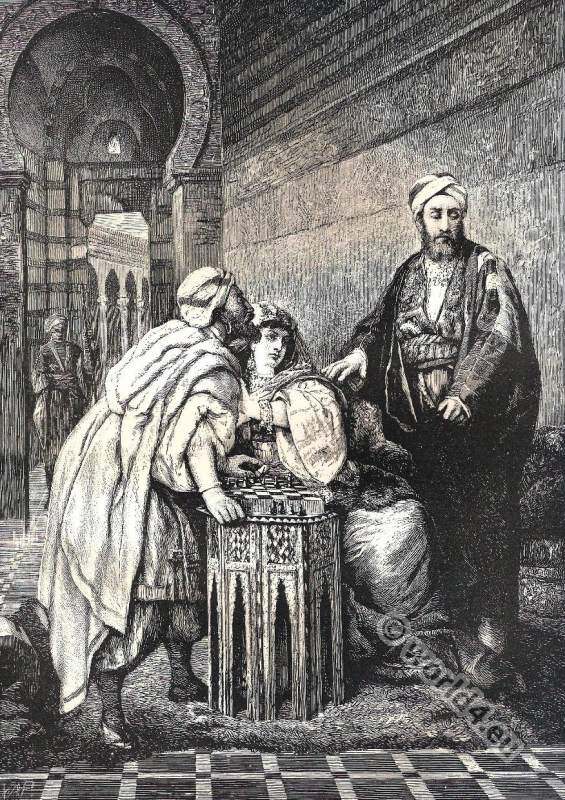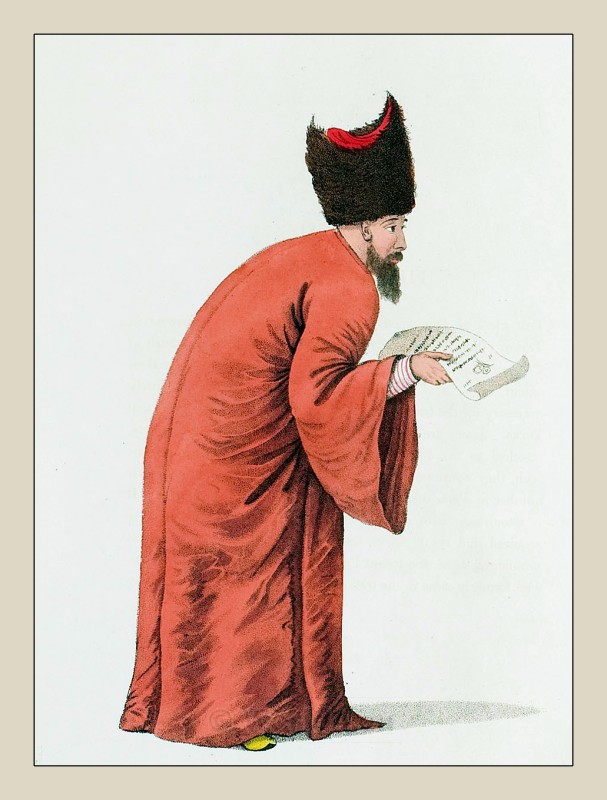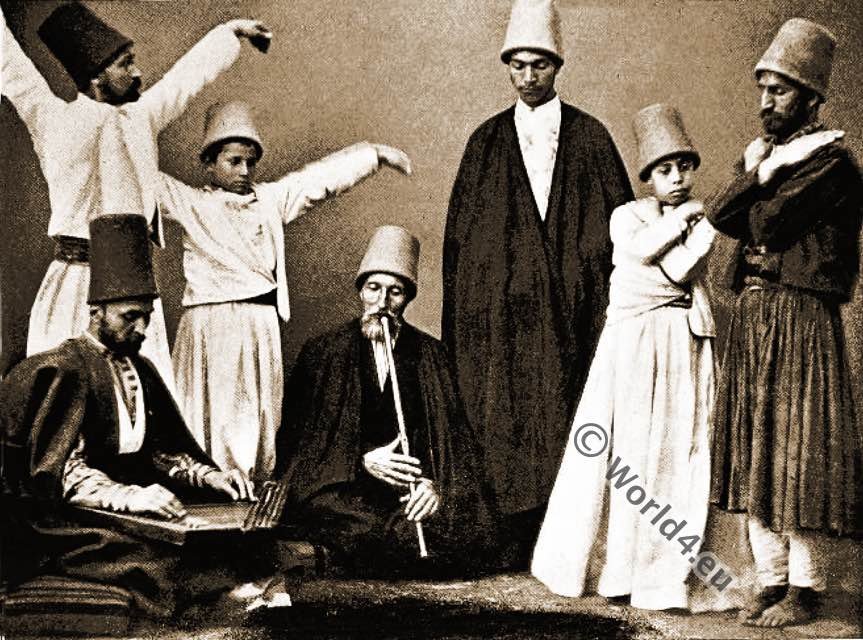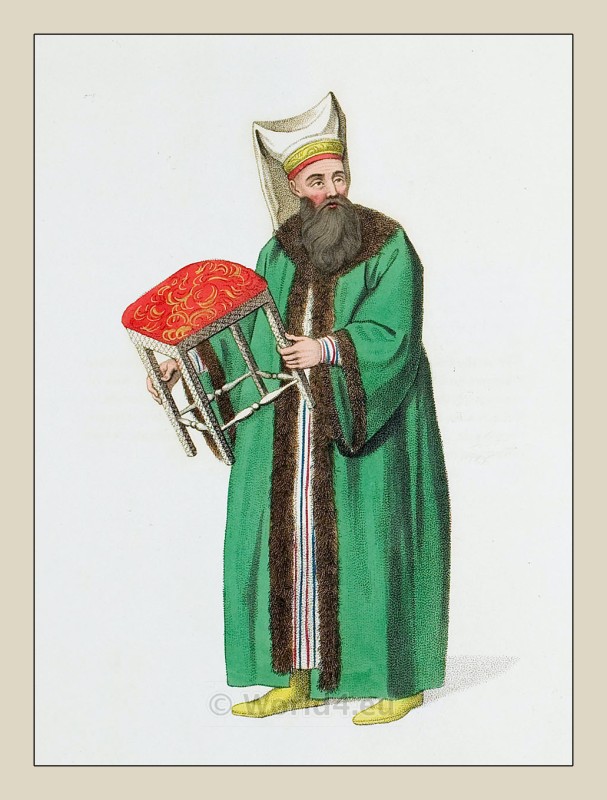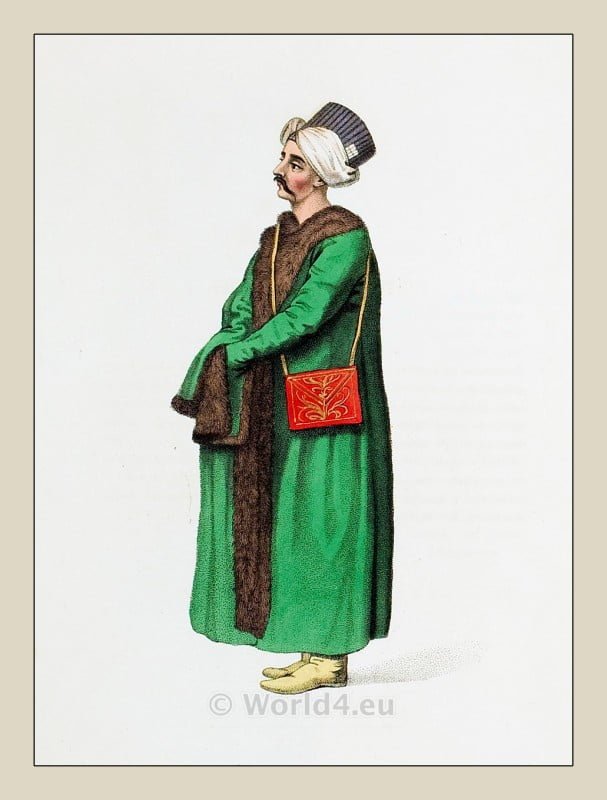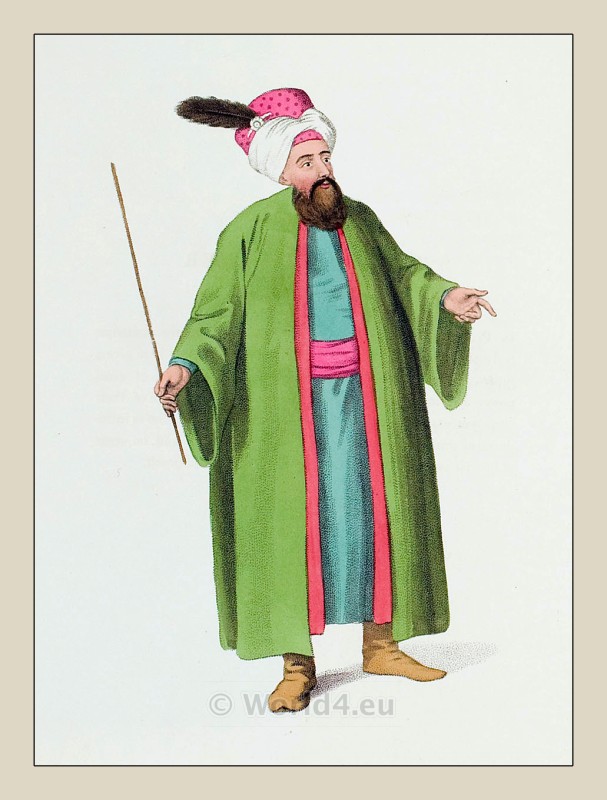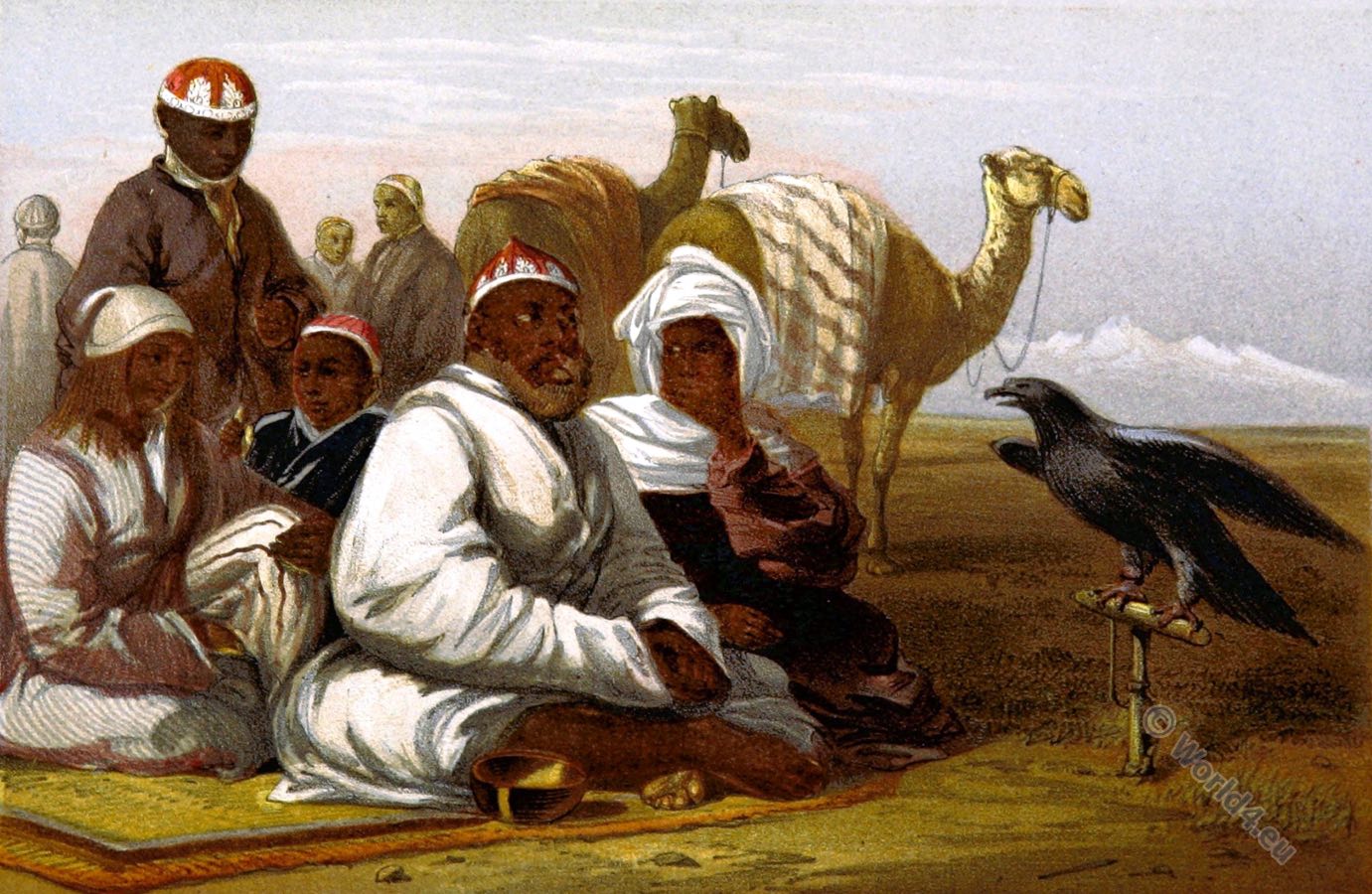The Sultan Saladin and his Sister Sittah.
Nathan the Wise from Gotthold Ephraim Lessing. German Enlightenment.
Saladin and his sister Sittah, have played chess. Sittah has won. Al Hafi, Saladin’s treasurer, enters.
Saladin. – Pay on demand
A thousand dinars to the Lady Sittah.
Al Hafi. – Pay! and my thoughts all running on receipts!
Doubtless for something less than nothing, Sire? To Sittah too – always to Sittah! What I Beaten again? and, on my life, there stands The board.
Sittah. – You do not grudge me luck, Al Hafi?
Al Hafi. – Luck? no! But let me see. (Looking intently at the chess-board.)
Sittah. – When shall I have my money?
Al Hafi. – All in good time but, Sultan – see! the game Is not yet lost; nay, more, you still might win.
Saladin. – No matter, pay the money!
Al Hafi. – Pray, excuse me: Here stands your queen in check; If now –
Saladin. – I care not! The game is at an end.
Lessing’s Nathan the Wise.

Gotthold Ephraim Lessing, 1729 – 1781, was an important poet of the German Enlightenment. With his plays and his theoretical writings, which are committed above all to the idea of tolerance, he has shown a significant way of further development of the theater and influences the public impact of literature sustainable. Lessing is the first German playwright whose work is performed continuously in the theaters today.
As a leading representative of the German Enlightenment he became the pioneer of the new consciousness of the bourgeoisie. “Nathan the Wise” is Lessing’s last work and the main character of a five-act drama of ideas. It was published in 1779 and was first performed on 14 April 1783 in Berlin. The work has as main topics the humanism and tolerance ideas of the Enlightenment. Particularly famous was the Ring Parable in the third act of the drama.
The action takes place during the Third Crusade (1189-1192) during a truce in Jerusalem. Lessing was in his search for a German bourgeois theater strongly under the intellectual influence of the French encyclopedist and philosopher Denis Diderot. He saw in its Le Fils naturel ou les épreuves de la vertu, Comédie suivie the Entretiens sur le Fils naturel (1757) briefly Fils naturel, which he translated into German, a role model for his Nathan the Wise (1779). In the figure, Nathan the Wise, sat Lessing his friend Moses Mendelssohn, the founder of the Jewish Enlightenment, a literary monument.
Source: Character sketches of romance, fiction and the drama by Rev. Ebenezer Cobham Brewer, 1892. A revised American edition of the readers handbook. Edited by Marion Harland.

